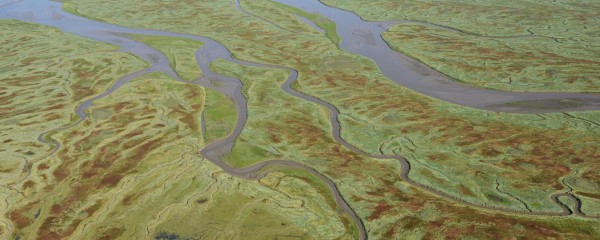Unique medieval dye plants discovered in Brussels and Mechelen

Archaeologists have uncovered traces of weld, madder, and woad—the three most important dye plants of the Middle Ages—during excavations in Brussels and Mechelen. These plants were crucial for textile production, yet archaeological evidence of their use is rare. “This is the first time we’ve found the three primary medieval dye plants together in Belgium,” says archaeologist Lien Speleers.
The dye plants weld (Reseda luteola), madder (Rubia tinctorum), and woad (Isatis tinctoria) were indispensable in the medieval cloth industry. "Weld produced yellow, madder red, and woad blue, but the techniques for obtaining these colors were very different," explains Lien Speleers, an archaeologist at the Institute of Natural Sciences. Woad, in particular, required specialized techniques, carried out by blue dyers. “These three plants formed the basis of the primary colors. They were often combined to create other shades like green, orange, purple, and even black.”



In a new study, Speleers and colleagues from the Royal Institute for Cultural Heritage, urban.brussels, the Art & History Museum, the Hof van Busleyden Museum in Mechelen, and the Vrije Universiteit Brussel detail the archaeological findings of these dye plants in Belgium.
Along the river

The discoveries were made in fluvial sediments from ancient riverbeds excavated at two archaeological sites: Parking 58 in Brussels and Zakstraat in Mechelen. Both cities were centers of textile production in the Middle Ages, with dyeing workshops located along rivers that supplied water for the dyeing process. In Brussels, the site is near the historic harbor along the Zenne River, while the Mechelen excavation took place along the Melaan, a watercourse historically linked to dyeing crafts.


The finds come from river sediment layers spanning the 10th to the 15th century, revealing thousands of remains of weld, madder, and woad. "Weld and madder had been found in Belgium before, but the discovery of woad is a first," says Speleers. “In our neighbouring countries, remains had already been discovered, and we knew from historical sources that woad was used as a source of blue dye, but this is the first time we’ve found archaeological material to confirm it. It finally provides us with tangible evidence.” Excavations in Brussels also reveal that dyeing activities began no later than the mid-12th century, earlier than mentioned in written sources.



Dyer’s waste
“The remains are likely waste from dyers who worked along the river,” Speleers explains. “Rivers were essential for dyeing, not only for providing water but also as convenient locations to dispose of waste.” At Parking 58, more than 70 samples yielded an abundance of weld seeds and madder root fragments, along with occasional woad fruits. In Mechelen, the river deposits showed a similar pattern, containing a mix of dye plant remains and other waste materials.


Archaeological evidence of dye plants is rare because the parts used for dyeing—primarily leaves and roots—do not preserve well. This is especially true for woad, whose leaves were fermented to extract indigotin. Nevertheless, researchers discovered woad fruits in the samples, likely unintentionally harvested with the plant. “This is the first archaeological evidence of woad in Belgium,” says Speleers. “That makes this discovery truly exceptional.”
The study is published in the scientific journal Vegetation History and Archaeobotany.


